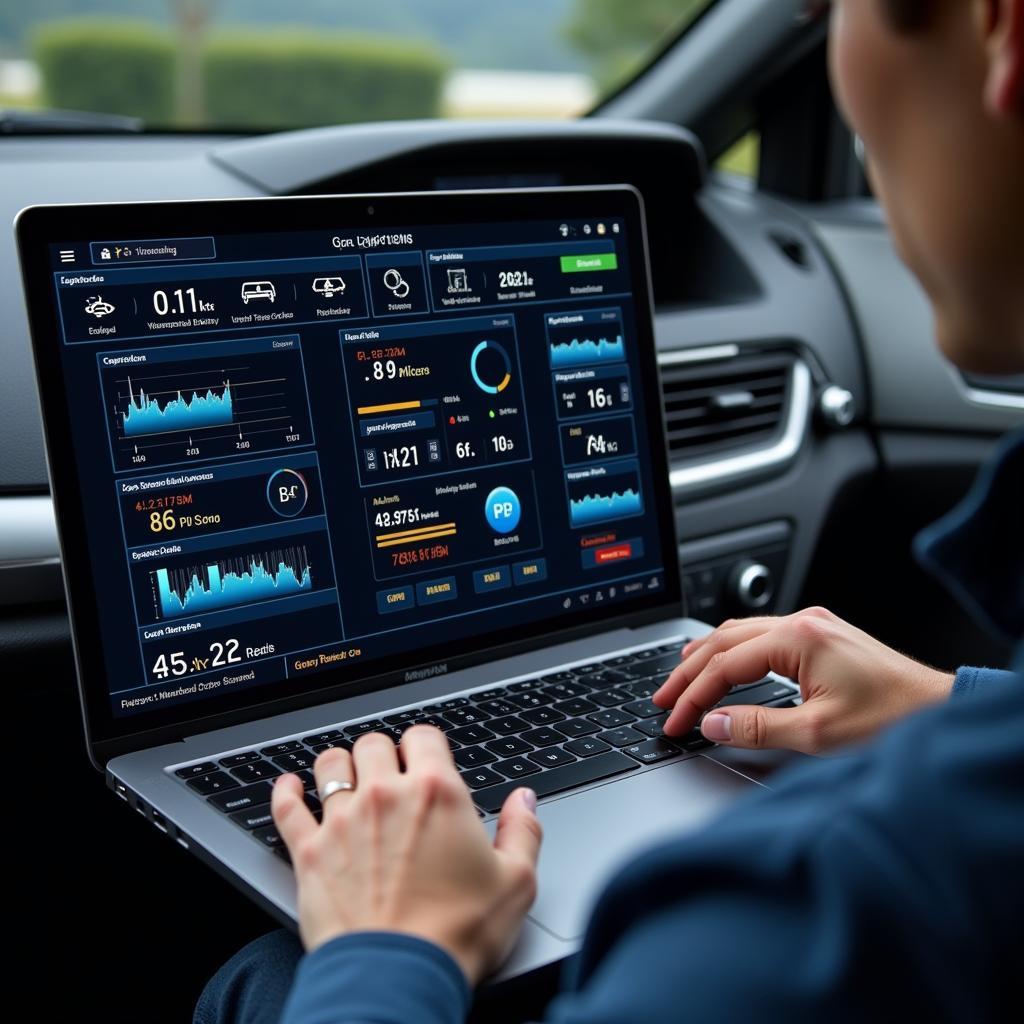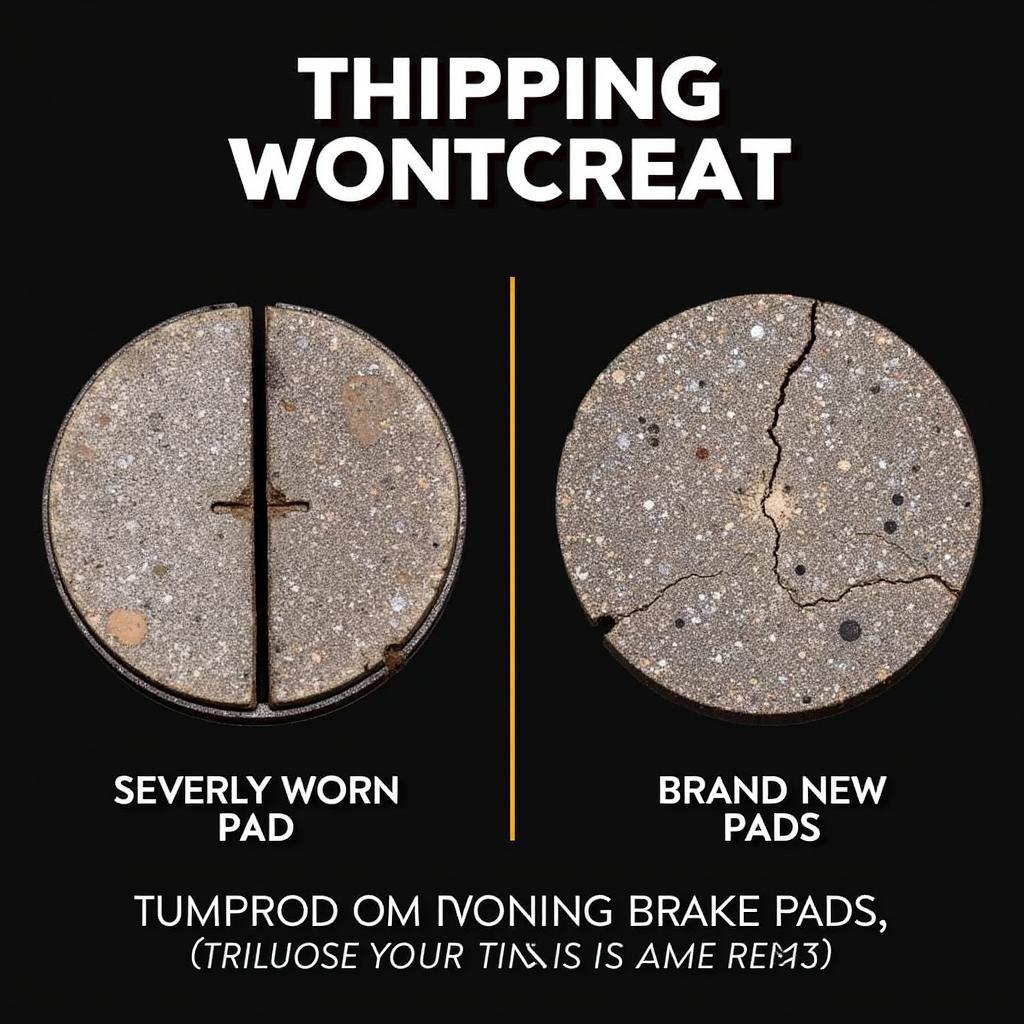An automatic car battery discharge can be incredibly frustrating, leaving you stranded and unsure of the cause. This article explores the common reasons behind this issue, from parasitic draws to faulty alternators, and offers practical solutions for diagnosing and fixing the problem. We’ll also delve into preventative measures to keep your battery healthy and avoid future discharges. will a battery charger charge a completely dead battery So, let’s dive in and get to the bottom of your automatic car battery discharge woes.
Common Causes of Automatic Car Battery Discharge
A car battery doesn’t just discharge overnight without a reason. Several culprits can contribute to this issue, ranging from simple oversights to more complex mechanical or electrical problems.
Parasitic Draw: The Silent Battery Killer
One of the most common causes of automatic car battery discharge is a parasitic draw. This occurs when an electrical component continues to draw power even when the car is turned off. This could be anything from a faulty interior light to a malfunctioning radio or even a glove compartment light that doesn’t shut off properly. Identifying and eliminating these parasitic draws is crucial for maintaining a healthy battery life.
Alternator Issues: The Power Generation Problem
Another common culprit is a failing alternator. The alternator is responsible for recharging the battery while the engine is running. If the alternator isn’t functioning correctly, the battery won’t receive the charge it needs, leading to a gradual discharge and eventually a dead battery.
Extreme Temperatures: The Environmental Factor
Believe it or not, extreme temperatures, both hot and cold, can significantly impact your car battery’s performance and lifespan. In extreme cold, the chemical reactions within the battery slow down, reducing its ability to hold a charge. Conversely, excessive heat can cause the battery fluid to evaporate, leading to internal damage and a faster discharge rate.
Old Age: The Inevitable Factor
Like any other component in your car, batteries have a limited lifespan. Over time, the battery’s ability to hold a charge diminishes, making it more susceptible to discharge. If your battery is several years old, it might simply be reaching the end of its life.
Diagnosing an Automatic Car Battery Discharge
Diagnosing the root cause of a car battery discharge requires some detective work. Here are some steps you can take:
- Visual Inspection: Start by checking for any obvious signs of damage or corrosion on the battery terminals and cables.
- Battery Test: Use a multimeter to test the battery’s voltage. A fully charged battery should read around 12.6 volts.
- Parasitic Draw Test: With the car off and all accessories turned off, disconnect the negative battery cable and connect a multimeter in series between the cable and the negative battery terminal. A reading higher than 50 milliamps indicates a parasitic draw.
- Alternator Test: With the engine running, use a multimeter to test the voltage at the battery terminals. A reading between 13.5 and 14.5 volts indicates a properly functioning alternator.
Preventing Automatic Car Battery Discharge
will a battery maintainer charge a dead battery
Preventing a car battery discharge is often easier than dealing with the consequences. Here are some preventative measures:
- Regular Maintenance: Have your battery tested regularly, especially during extreme weather conditions.
- Minimize Accessory Use: Avoid using power-hungry accessories like the radio or headlights when the engine is off.
- Proper Storage: If you’re storing your car for an extended period, disconnect the negative battery cable.
What if my car won’t start after a flat battery?
Even with preventative measures, you might still experience a flat battery. flat battery car won t start Don’t worry, this is a common issue, and there are several ways to get your car started again.
Remote Diagnostics and Software Solutions
In some cases, remote diagnostics and software solutions can help pinpoint the cause of the battery discharge and even rectify the issue remotely. This advanced technology allows technicians to access your car’s systems remotely, diagnose problems, and sometimes even reprogram or update software to resolve the issue without any physical intervention.
“Remote diagnostics and software solutions are transforming the automotive repair industry,” says John Smith, Lead Automotive Engineer at CarDiagTech. “This technology allows us to address many battery-related issues efficiently and effectively, minimizing downtime for our customers.”
Conclusion
Automatic car battery discharge can stem from various causes, but by understanding these causes and applying the diagnostic and preventative measures outlined above, you can keep your car running smoothly and avoid the frustration of a dead battery. Remember, regular maintenance and proactive care are key to a healthy and reliable car battery. check engine light after battery died Addressing automatic car battery discharge promptly can save you time, money, and the inconvenience of being stranded.
 Remote Car Diagnostics Software
Remote Car Diagnostics Software
“Proactive battery maintenance is far more cost-effective than replacing a battery prematurely,” adds Jane Doe, Senior Technician at CARDIAGTECH. “Regular checks and timely interventions can significantly extend the lifespan of your car battery.”
FAQ
- How often should I have my car battery tested?
- Can I jump-start my car if the battery is completely dead?
- What is the average lifespan of a car battery?
- Are there any warning signs of a failing alternator?
- How can I tell if my car has a parasitic draw?
- What should I do if my car battery keeps dying even after being replaced?
- Can extreme temperatures damage my car battery?

